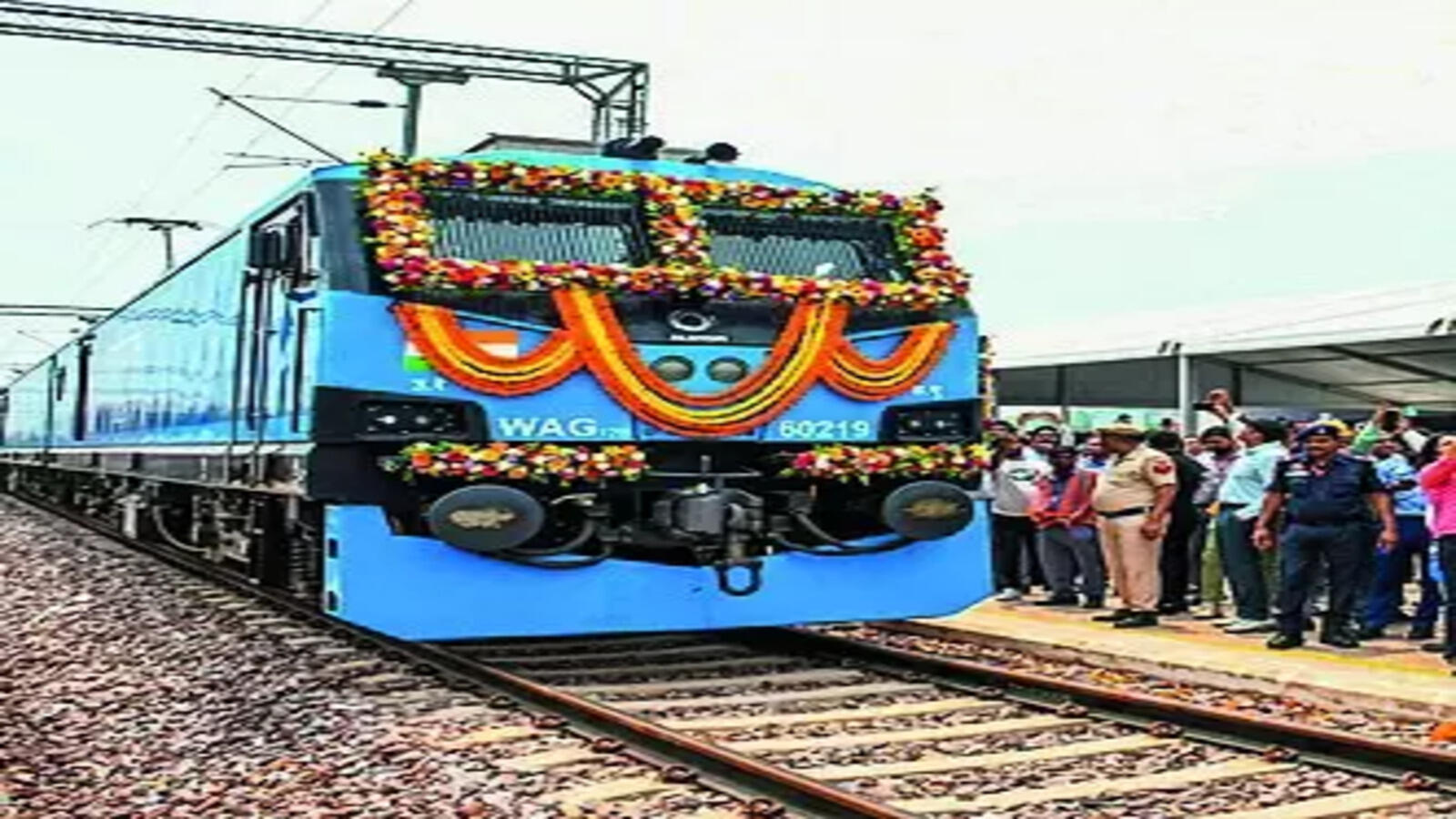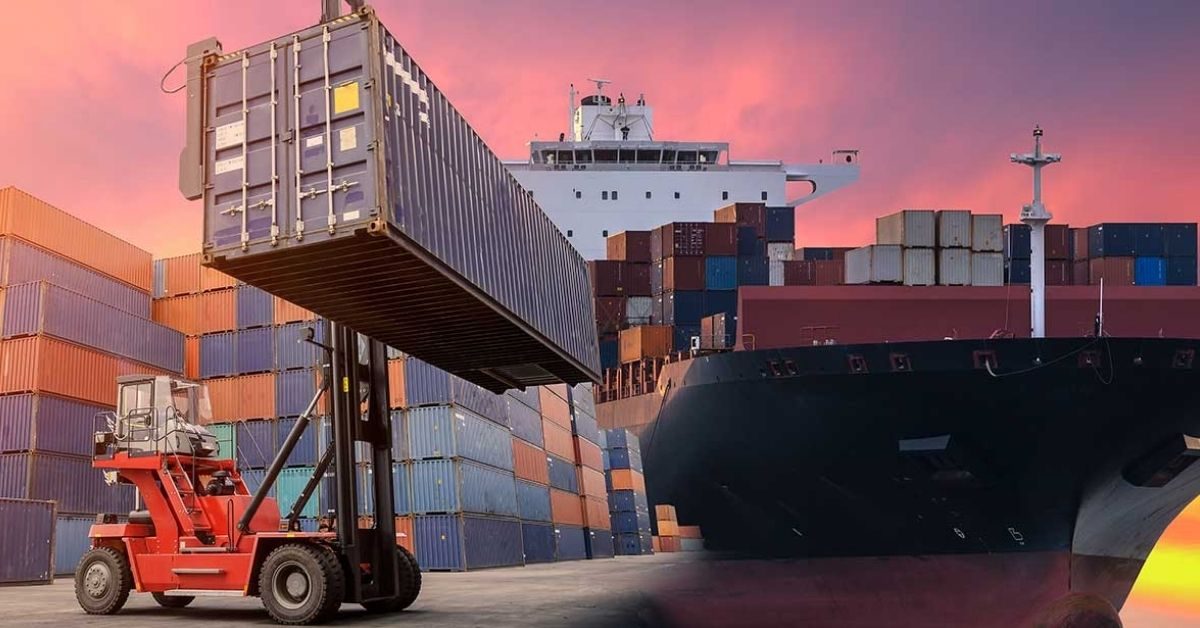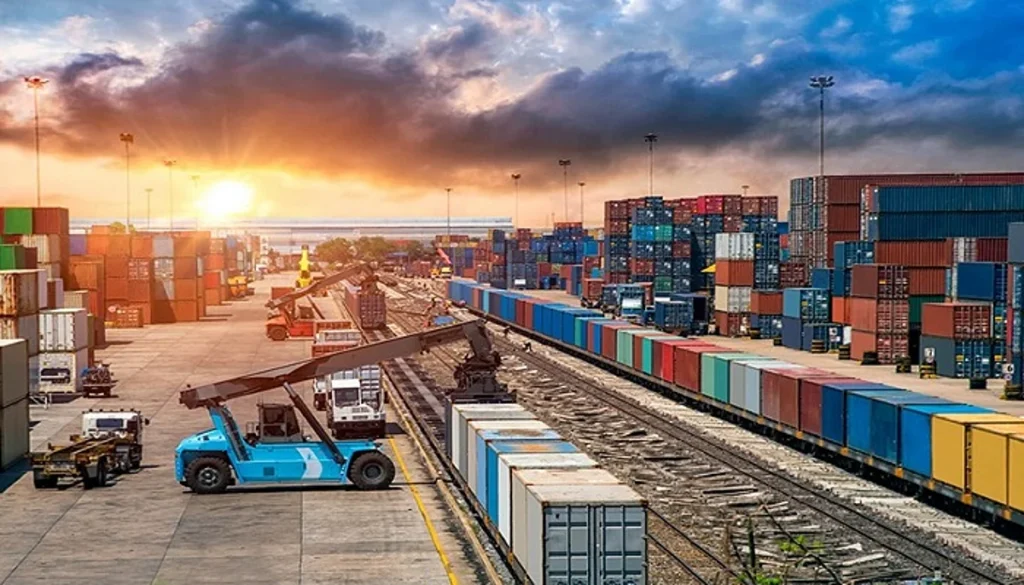Ushering in a new era of freight movement, India’s first private Gati Shakti Multi-Modal Cargo Terminal (GCT) has been launched by the Dedicated Freight Corridor Corporation of India Ltd. (DFCCIL) in Gujarat’s industrial zone near Surat. This strategic development aligns with the PM Gati Shakti Master Plan, showcasing India’s firm step toward transforming its logistics ecosystem.
New Sanjali Terminal: Gujarat’s Logistics Powerhouse
Developed across 120 acres of private land by the Sawariya Shakti Group, the New Sanjali Terminal stands as a testament to efficient, green, and future-ready infrastructure. It lies at a logistics hotspot — between New Sanjali station (DFCCIL) and Panoli station (Indian Railways) — connecting industrial hubs like Panoli GIDC, Ankleshwar, and Jhagadia to key ports including Dahej, Hazira, and JNPT.

World-Class Infrastructure Driving Efficiency
2 rail lines for container & steel cargo
1 electrified line for bulk cargo & Truck-on-Train
28-acre Inland Container Depot
650,000 sq. ft. warehousing, including bonded & cold storage
Direct access to NH-48, NE-4, and the upcoming MMLP (6 km away)
This terminal enables faster freight movement, reduces turnaround time, and enhances supply chain resilience — while also creating employment opportunities in the region.
Sustainability Meets Strategy
Described by DFCCIL as a “strategic enabler of multimodal logistics,” the terminal is expected to significantly cut carbon emissions by shifting bulk cargo movement from road to rail. This supports India’s Net Zero Emissions goals and the National Logistics Policy, setting a benchmark for eco-friendly transport infrastructure.

Public-Private Synergy at Its Best
DFCCIL Managing Director Praveen Kumar emphasized the terminal’s role in promoting private investment in logistics. As the first GCT developed under Schedule-1 of the Gati Shakti Cargo Terminal Policy, it serves as a model for private sector participation in India’s freight revolution.
A Turning Point for India’s Freight Network
With this launch, India takes a bold step toward an integrated, cost-efficient, and green freight ecosystem, promising economic upliftment and global supply chain competitiveness.


